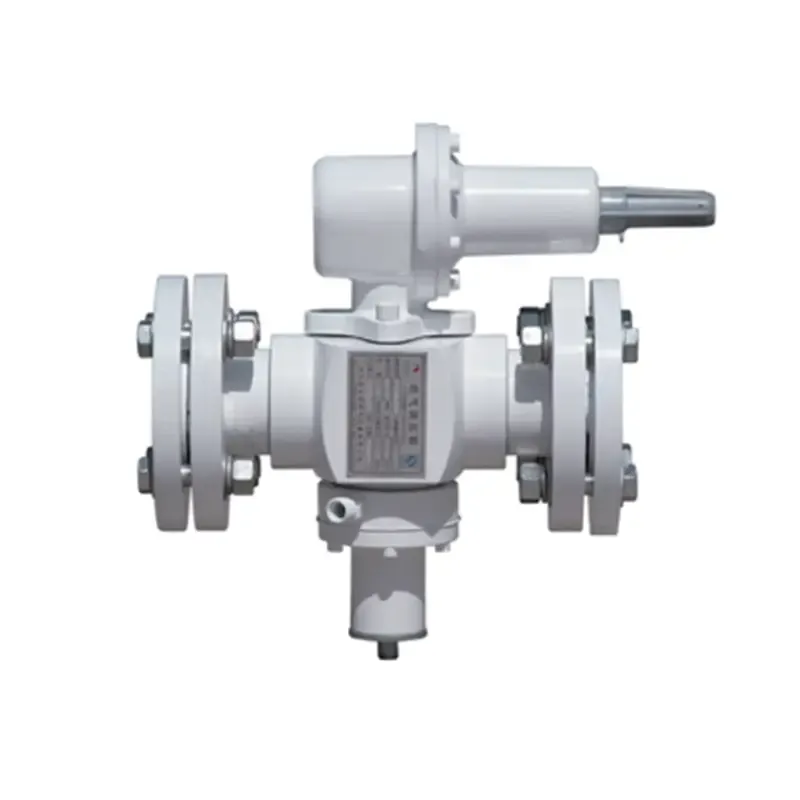
Dec . 09, 2024 14:17
Back to list
natural gas safety valve
The Importance of Natural Gas Safety Valves
Natural gas is one of the most widely used sources of energy worldwide due to its efficiency and relatively low carbon emissions compared to other fossil fuels. However, the usage of natural gas also poses significant safety risks, making robust safety measures imperative. Among these measures, natural gas safety valves play a critical role in ensuring safe operation and minimizing hazards.
Understanding Natural Gas Safety Valves
A natural gas safety valve is a device designed to control and regulate the flow of gas, automatically releasing pressure to prevent overpressure situations. These valves are essential components of gas pipelines, storage systems, and appliances, serving as a crucial line of defense against potential accidents. Their primary function is to protect equipment and systems from damage caused by excessive pressure, which can lead to catastrophic failures, including explosions.
Types of Safety Valves
There are several types of safety valves used in natural gas applications, each designed for specific conditions
1. Relief Valves These are typically installed in pressurized systems to release excess pressure. When the pressure exceeds a predetermined limit, the valve opens, allowing gas to escape safely.
2. Safety Shut-Off Valves These valves automatically close when a fault is detected in the system, cutting off the gas supply to prevent potential hazards. They are critical for emergency situations, ensuring that gas cannot leak into the environment.
3. Back Pressure Regulators These devices maintain a specified pressure in the system by adjusting the flow of gas. They help protect downstream equipment from excessive pressure while ensuring that the appliance operates efficiently.
4. Monitoring Valves Often integrated with electronic controls, these valves provide real-time data on the pressure and flow of natural gas, allowing for proactive management of the system.
Regulatory Standards and Compliance
natural gas safety valve

The installation and maintenance of natural gas safety valves are governed by strict regulatory standards set forth by organizations such as the American National Standards Institute (ANSI) and the Occupational Safety and Health Administration (OSHA). Compliance with these regulations is vital for ensuring the safety of natural gas systems. Regular inspections and maintenance of safety valves are necessary to ensure they function correctly and meet required specifications.
The Role of Technology in Enhancing Safety
Advancements in technology have significantly improved the reliability and effectiveness of natural gas safety valves. Modern valves are often equipped with sophisticated sensors and smart automation systems that can monitor performance in real time. These technologies not only enhance safety but also provide operators with valuable data that can be used for predictive maintenance, reducing the risk of unexpected failures.
Best Practices for Safety Valve Management
To maximize the effectiveness of natural gas safety valves, operators should implement the following best practices
1. Regular Maintenance Conduct routine inspections and maintenance on all safety valves to ensure they are in proper working order. This includes testing their functionality and replacing any worn or damaged components.
2. Training and Awareness Staff should be adequately trained in the operation and maintenance of safety valves. This training should encompass emergency procedures and awareness of the specific hazards associated with natural gas systems.
3. Documentation Keep detailed records of all maintenance activities and inspections. Documentation helps track compliance and provides a historical account of the safety valve's performance over time.
4. Emergency Response Plans Develop and periodically review emergency response plans that include protocols for dealing with safety valve failures or leaks. Preparedness can mitigate the consequences of a gas-related incident.
Conclusion
Natural gas safety valves are integral to the safe handling and distribution of natural gas. By preventing overpressure situations and ensuring the integrity of gas systems, these valves protect both people and the environment. As technology continues to evolve, the future of natural gas safety will likely include even more advanced safety systems and practices, further reducing risks and enhancing operational efficiency. Given the importance of these devices, a strong commitment to safety management and regulatory compliance is essential for all organizations involved in the natural gas industry.
Next:
Latest news
-
Safety Valve Spring-Loaded Design Overpressure ProtectionNewsJul.25,2025
-
Precision Voltage Regulator AC5 Accuracy Grade PerformanceNewsJul.25,2025
-
Natural Gas Pressure Regulating Skid Industrial Pipeline ApplicationsNewsJul.25,2025
-
Natural Gas Filter Stainless Steel Mesh Element DesignNewsJul.25,2025
-
Gas Pressure Regulator Valve Direct-Acting Spring-Loaded DesignNewsJul.25,2025
-
Decompression Equipment Multi-Stage Heat Exchange System DesignNewsJul.25,2025

